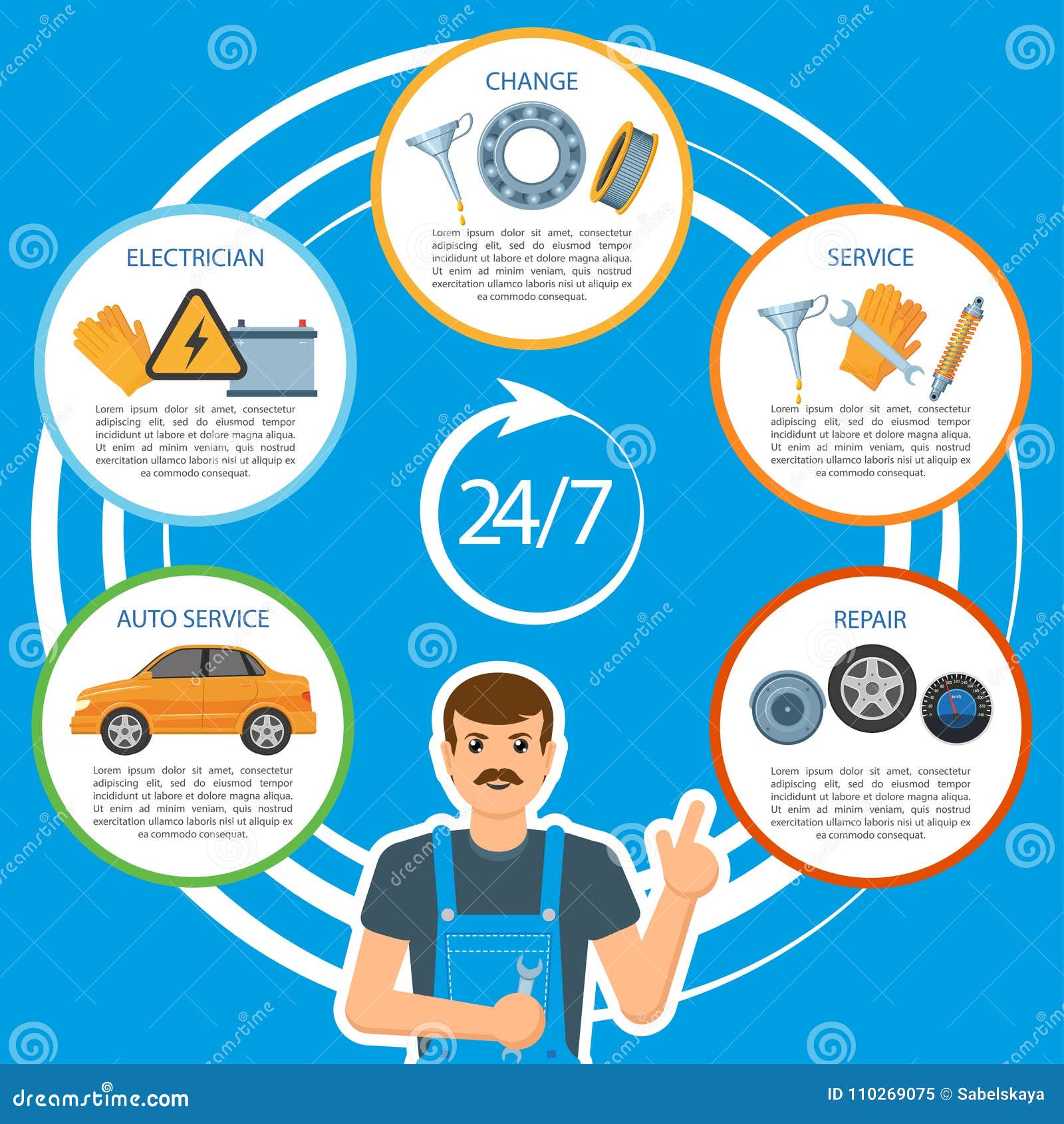Seeking Clearness On The Warning Lights Presented On Your Vehicle'S Dashboard? Figure Out Exactly How They Connect To Your Vehicle'S Health And Safety
Seeking Clearness On The Warning Lights Presented On Your Vehicle'S Dashboard? Figure Out Exactly How They Connect To Your Vehicle'S Health And Safety
Blog Article
Short Article Created By-Termansen Dalgaard
When you lag the wheel, those glowing caution lights on your control panel can be a little bit perplexing. Do you know what they're attempting to inform you about your automobile's health and wellness? Recognizing the importance of these lights is crucial for your security and the long life of your vehicle. So, the next time one of those lights turns up, wouldn't you wish to decode its message precisely and take the necessary actions to resolve it?
Common Warning Lighting and Interpretations
Determine typical warning lights in your auto and understand their definitions to ensure secure driving.
One of the most common caution lights consist of the check engine light, which indicates issues with the engine or exhausts system. If car wash near me now comes on, it's vital to have your vehicle inspected promptly.
The oil stress cautioning light shows reduced oil stress, requiring instant attention to stop engine damage.
A flashing battery light could recommend a malfunctioning charging system, possibly leaving you stranded if not addressed.
The tire stress tracking system (TPMS) light informs you to low tire pressure, impacting vehicle security and gas effectiveness. Disregarding cardrtailing could bring about dangerous driving conditions.
The abdominal muscle light indicates a problem with the anti-lock braking system, endangering your capacity to stop promptly in emergencies.
Lastly, the coolant temperature level advising light warns of engine overheating, which can lead to severe damage otherwise solved swiftly.
Understanding these typical caution lights will aid you resolve problems quickly and keep risk-free driving conditions.
Significance of Prompt Attention
Comprehending the common warning lights in your automobile is only the initial step; the importance of quickly attending to these cautions can not be stressed sufficient to ensure your safety and security on the road.
When a caution light illuminates on your control panel, it's your vehicle's way of connecting a possible concern that needs focus. Overlooking these cautions can lead to a lot more severe problems later on, jeopardizing your security and possibly costing you extra out of commission.
Prompt interest to cautioning lights can stop breakdowns and mishaps. For car cleaning near me , a flashing check engine light might show a misfire that, if left unattended, could create damages to the catalytic converter. Addressing this promptly can save you from an expensive repair service.
Similarly, a brake system warning light could signify reduced brake fluid or worn brake pads, vital elements for your safety and security when driving.
DIY Troubleshooting Tips
If you observe a caution light on your control panel, there are a couple of DIY fixing suggestions you can attempt prior to seeking specialist assistance.
The initial step is to consult your auto's manual to comprehend what the particular warning light indicates. In some cases the problem can be as simple as a loose gas cap activating the check engine light. Tightening up the gas cap might settle the trouble.
One more common concern is a reduced battery, which can cause various advising lights. Inspecting the battery connections for deterioration and ensuring they're safe may fix the problem.
If a caution light persists, you can try resetting it by disconnecting the vehicle's battery for a couple of mins and then reconnecting it. In addition, inspecting your automobile's fluid degrees, such as oil, coolant, and brake fluid, can aid troubleshoot cautioning lights related to these systems.
Conclusion
Finally, comprehending your car's warning lights is essential for keeping your car running efficiently and securely. By immediately resolving these informs and understanding what they indicate, you can prevent pricey repair work and possible malfunctions.
Remember to consult your auto's manual for certain information on each advising light and act as necessary to ensure a hassle-free driving experience.
Keep educated, stay safe on the road!
